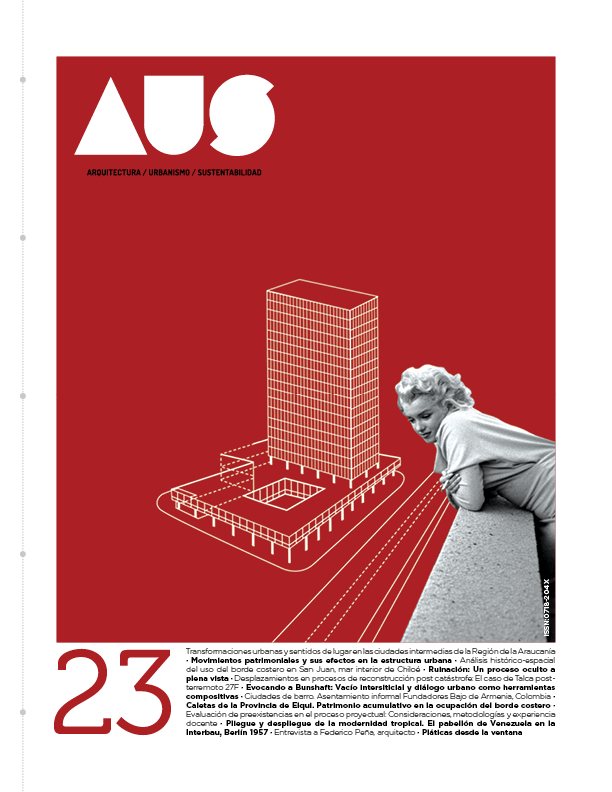Urban transformations and the sense of place in middle-sized cities in the Region of La Araucanía
Main Article Content
Abstract
The boom of the commodity export model has had severe impacts on secondary urban settlements in Latin America. This is apparent, for instance, in middle-sized cities in the La Araucania Region which have witnessed considerable changes in their urban morphology and in the way they are inhabited by the population. This article discusses the recent urban changes faced by cities of Angol, Villarrica and Victoria. Specifically, the analysis is focused on the relationship between: 1) Urban expansion and morphological transformations within the city; and 2) socio-spatial discourses and practices of these cities’ actors. The findings reveal how these urban changes have not been based upon the sense of space existing in the cities. The final conclusion is that there is a crucial need for urban planning processes that go in line with the experiences of inhabitants.

